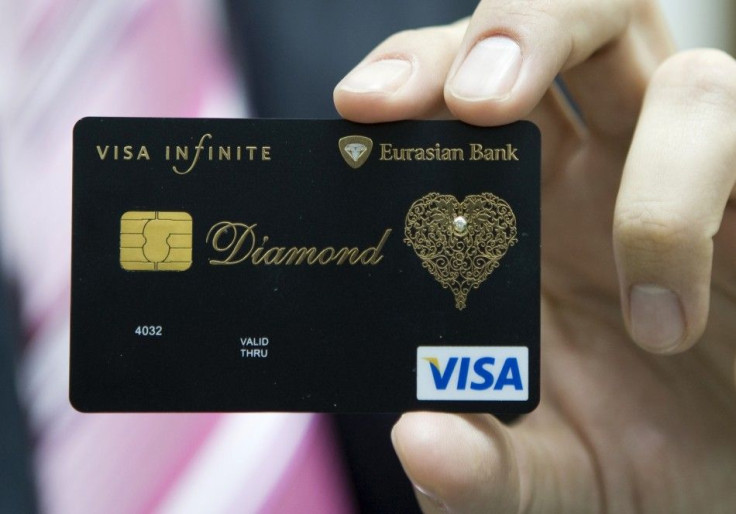Services Like Plaid Could Disintermediate Banks. Here’s What They Can Do About It

Visa’s $5.3 billion acquisition of Plaid on Jan. 13 sent shockwaves through the financial community — and not just because of how much the credit card giant paid for the up-and-coming fintech (nearly double its previous valuation). The acquisition is the latest event in an ongoing paradigm shift that threatens to disintermediate banks and remove their interface with the customer for good.
Why is Plaid such a threat? Plaid enables the 2,600 fintech companies on its platform to access user data aggregated from more than 11,000 financial institutions. While Plaid has active API integrations with a few banks, most of this data is collected via a technique called screen scraping. Essentially, Plaid asks a user to share their bank account login and password, then logs in on their behalf to extract the user’s financial data. The user then sees their banking data displayed in third-party apps on Plaid’s platform, such as P2P payments app Venmo and stock-trading app Robinhood.
The system essentially cuts banks out of the loop, reducing them to “dumb pipes” that deliver data to fintechs that increasingly own customer interactions and therefore the customer relationship. In addition, screen-scraping isn’t very secure — which is one reason why Plaid found its access to CapitalOne accounts cut off by a security update in 2018. The acquisition by Visa shows that Plaid will continue to be a major player in the fintech ecosystem, especially as it looks to expand market share in Europe.
Banks still have the power to cut off Plaid’s access to their accounts at will. But should they? With the popularity of fintech apps rising and regulators in the U.K. and Europe promoting open banking standards, it’s unlikely banks will ever turn back the clock to a time before customers built strong relationships with fintechs. But there are other ways for banks to thrive in a brave new Plaid-powered world.
The proliferation of fintechs is overwhelming for customers
On the surface, opening banking data to a plethora of new financial technologies seems great for customers. It means more choices and more efficient solutions. The problem is, this represents a whole new landscape that consumers need to navigate — and the level of choice may be overwhelming.
Consumers have to identify what they need, research how that financial product works, and then figure out how it fits into their entire financial portfolio, before finally assessing the different fintech providers. There’s no one to educate consumers about the different offerings or make sure they are being targeted by products that are the best fit. That puts an inordinate burden on the customer in an age of convenience.
This burden presents an opportunity for the bank to add value and maintain its primary relationship status. Unlike a fintech, which specializes in a specific product, a bank has expertise across the full array of financial products a customer might need throughout their lives. Banks also sit on a plethora of data that provide a holistic view of their customers, should they effectively leverage it.
That means a bank is in a position to assess who a customer is and what their needs are, then guide that customer toward the right products and services. Rather than competing directly with fintechs that threaten to disintermediate them, banks would become trusted advisors to customers navigating the complex landscape of financial services.
Banks can become trusted advisors — with the right experience
To become that trusted advisor, however, a bank needs more than a data aggregator like Plaid. It needs to build a digital customer experience that can deliver messaging that is meaningful, relevant, and timely. That means drawing from the banks’ own data repositories and contextual device or public data in addition to any external data aggregation to other fintechs.
If banks can couple their extensive data repositories with this kind of tailored messaging, they will unlock capabilities that will significantly enhance the customer experience. The customer will have a centralized place to access products and services which will be marketed to them based on their situation and needs. Finally, they can access the fintech apps they enjoy while remaining confident that their data is securely stored by an institution they trust.
Meanwhile, the bank maintains its direct line of communication with the customer, even as it allows customers to build relationships with fintechs. This enables opportunities for greater education and engagement, building customer loyalty and trust — and reducing the risk of disintermediation.
Opting out of the fintech ecosystem isn’t the answer
Financial institutions still have a lot of work ahead of them to truly transform legacy systems into next-generation ecosystems. As they do so, it will be imperative for banks to think beyond just data aggregation. Investing in Plaid offers Visa the opportunity to acquire an immense amount of data, but also puts banks at risk of merely becoming utilities for more agile and innovative fintechs.
Banks can thwart this risk by investing in digital experience powered by data. Following the steps above will allow banks to interface with customers on their channels of choice while delivering experiences that are relevant and timely. Banks will remain the custodians of customer data and ultimately own the relationship, while introducing fintechs they believe serve the best interest of the customer. By taking action now, banks can put themselves at the center of the fintech ecosystem, instead of standing outside of it.
Gerti Dervishi, Chief Growth Officer at Flybits
© Copyright IBTimes 2025. All rights reserved.





















